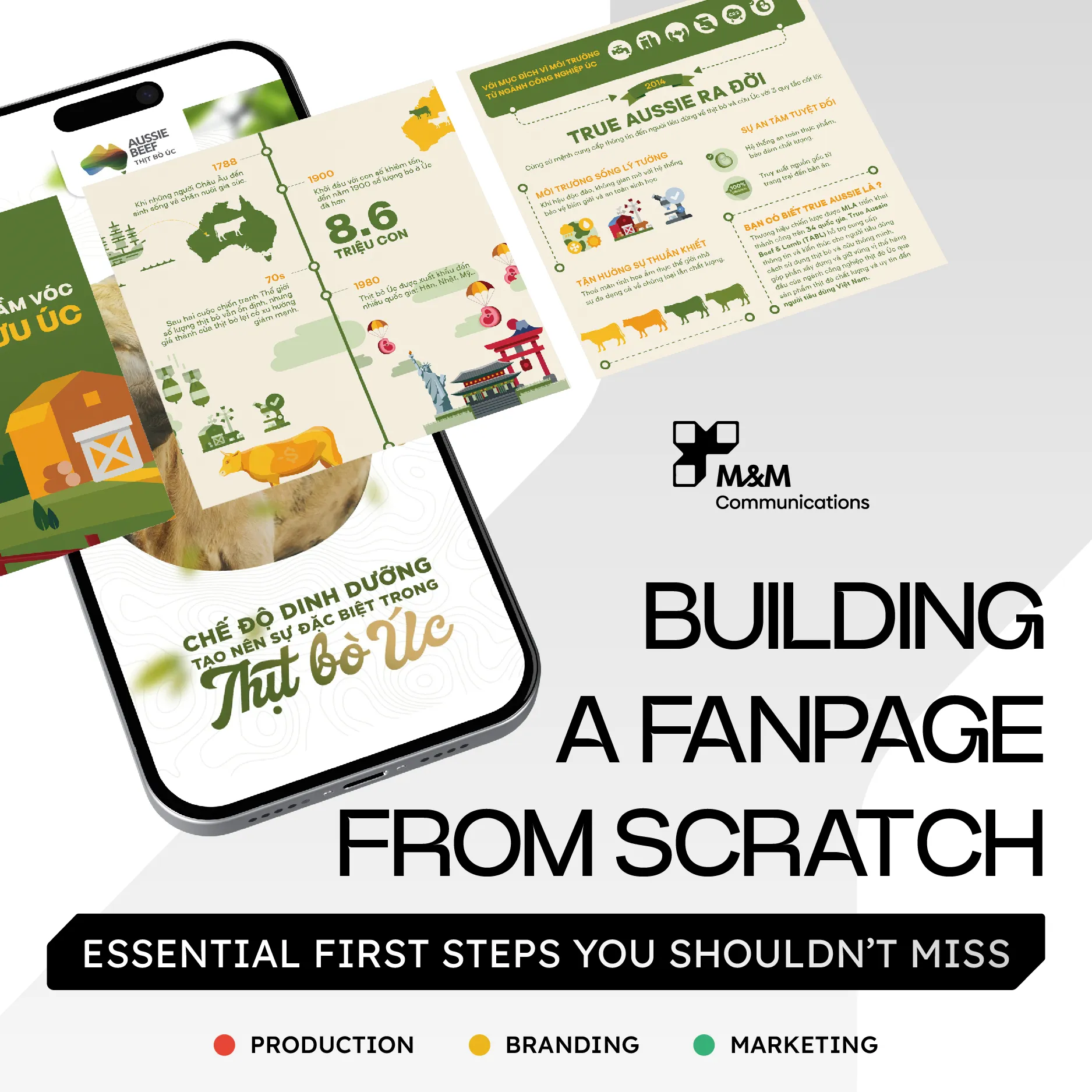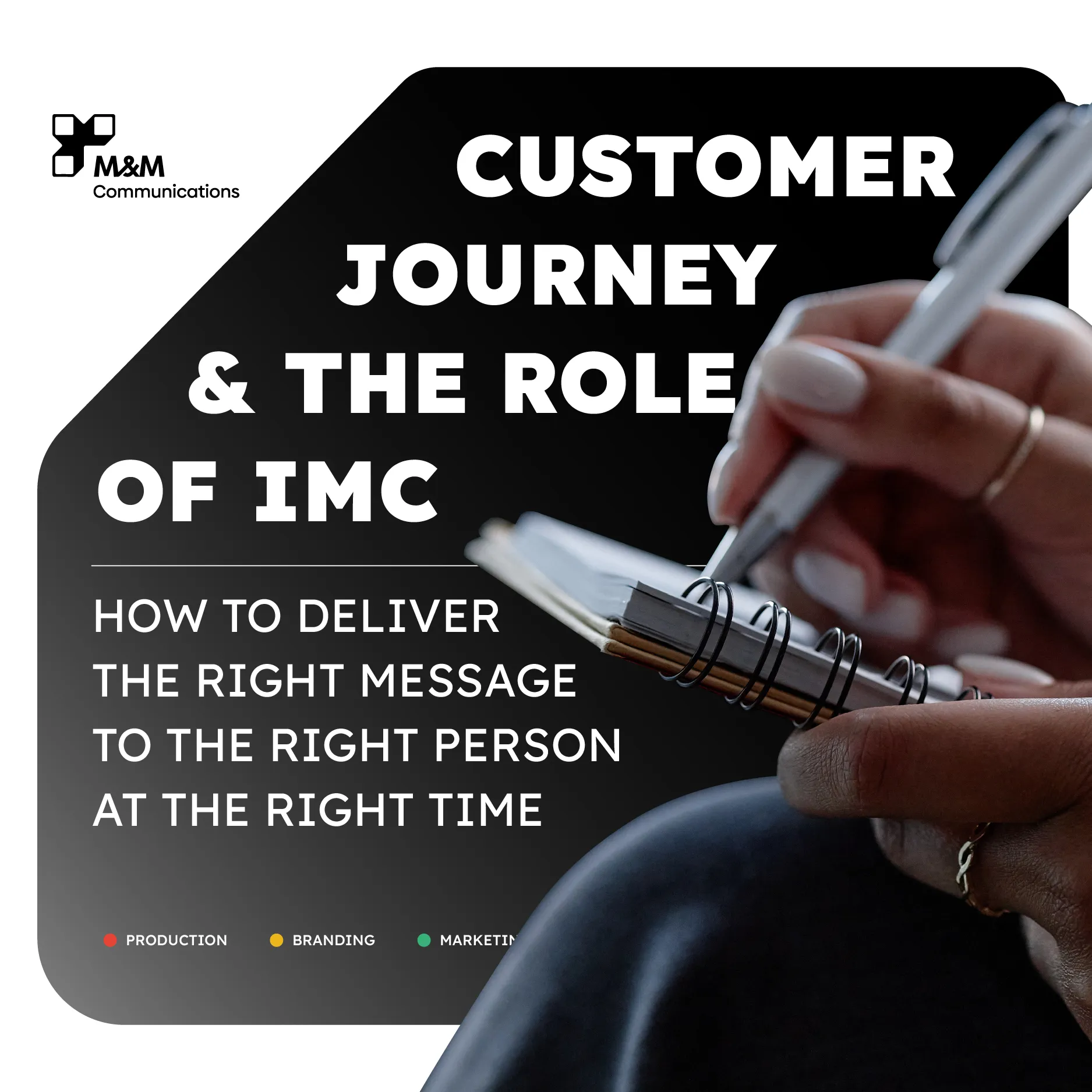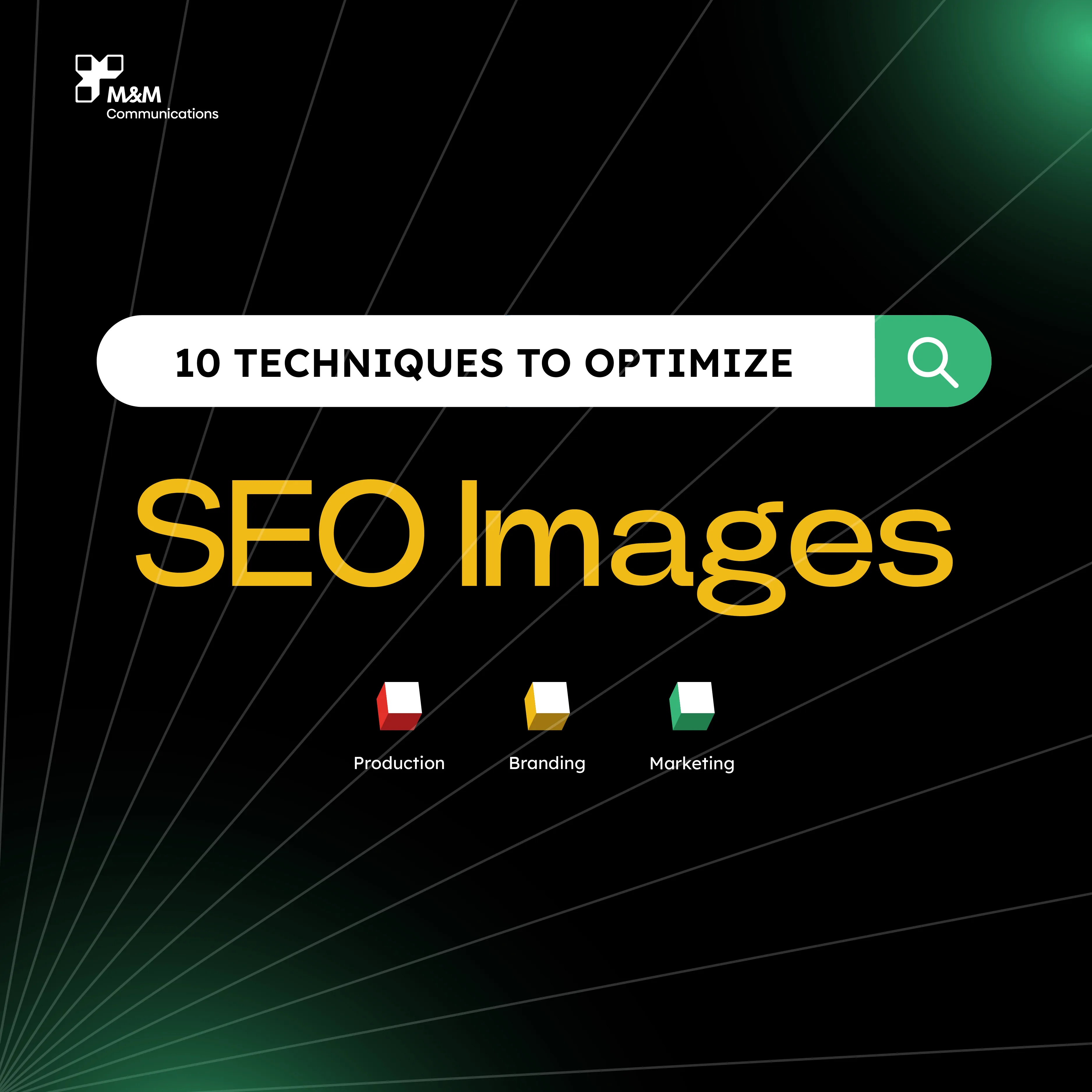
In the digital age, images are not just decorative elements in content but also play a crucial role in SEO optimization. Properly optimized images not only enhance user experience but also contribute significantly to improving rankings on search engines. Below are 10 techniques to optimize SEO-friendly images to help your content easily climb to the top.
1. Choose the Right Image Format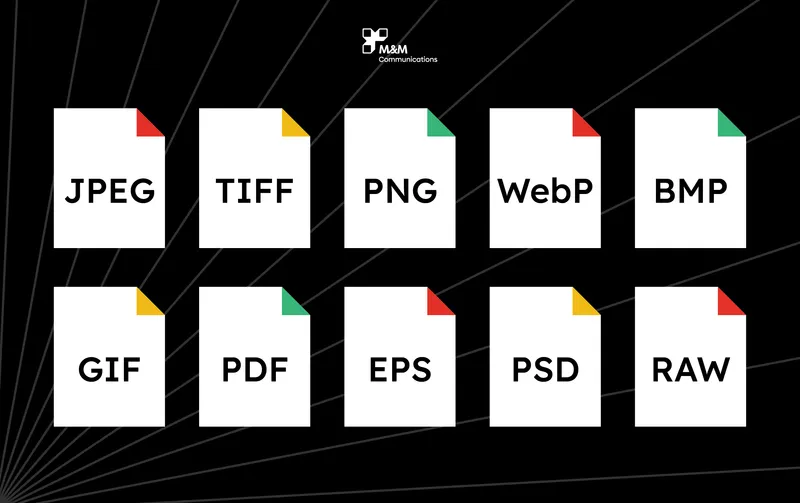
Choosing the right image format affects not only the quality but also the page loading speed. Common formats like JPEG, PNG, and WebP each have their pros and cons:
JPEG: Best for photographs and high-resolution images, allowing for significant compression to reduce file size while maintaining decent quality.
PNG: Ideal for images requiring transparency or sharp graphic details, but typically results in larger file sizes than JPEG.
WebP: A modern format that reduces file size without compromising too much on quality. This is an optimal choice if you want to improve page loading speed.
2. Optimize Image File Size
Large image file sizes can slow down page loading times, negatively impacting user experience and SEO rankings. You can reduce file sizes using image compression tools like TinyPNG, JPEGmini, or Squoosh. It’s important to find a balance between file size and image quality.
3. Use SEO-Friendly File Names
The file name of an image is one of the key factors search engines use to understand the content of the image. Use clear, relevant file names that include keywords. For example, instead of naming a file “IMG1234.jpg,” use “samsung-galaxy-s23-phone.jpg.”
4. Utilize ALT Text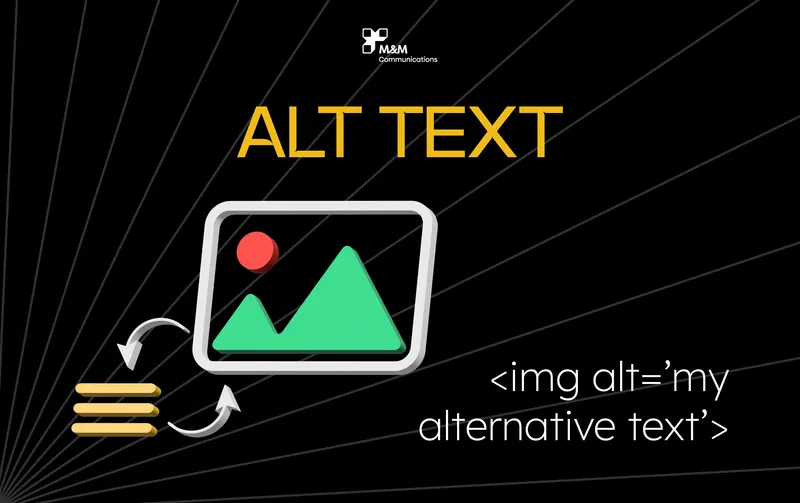
ALT text (Alternative text) is a brief description of the image content. It helps search engines better understand the image and assists users who have difficulty viewing the image. Ensure that the ALT text accurately describes the image and includes the primary keyword if possible.
5. Optimize Image Size for the Web
Using the appropriate image size for the web layout helps improve page loading speed. Avoid using high-resolution images for small areas on the page. Ensure that the image size matches the display space to avoid unnecessary stretching or shrinking.
6. Implement Responsive Images
Responsive images automatically adjust their size to fit different devices, from desktops to smartphones. You can use the srcset attribute in HTML to provide different image versions for each device type, ensuring better loading speeds and user experience.
>>> What benefits do impressive product images bring to business?
7. Use an Image Sitemap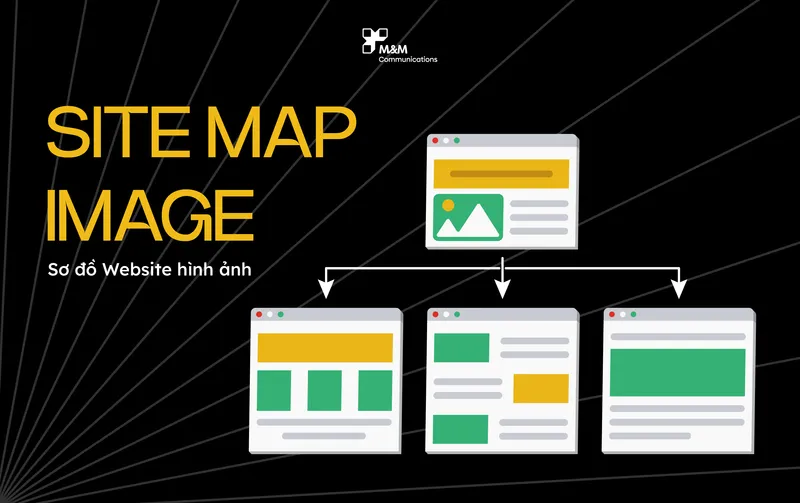
An image sitemap is an XML file that helps search engines easily find and index the images on your website. This is particularly useful for websites with many images. Make sure you create an image sitemap and submit it to Google Search Console to ensure all your images are correctly indexed.
8. Optimize Images for Social Media
Optimizing images for social media not only increases shareability but also drives traffic to your website. Ensure your images comply with the size and format requirements of each social media platform. Additionally, using Open Graph (OG) tags allows you to control how your images appear when shared on social media.
9. Use Lazy Loading for Images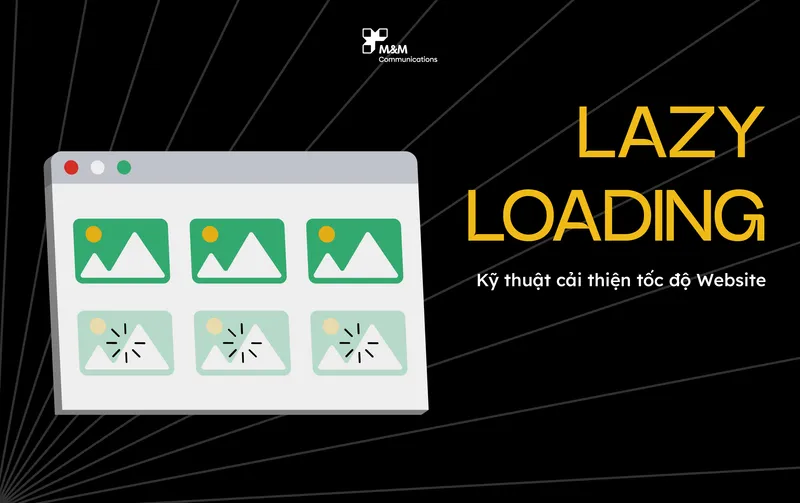
Lazy loading is a technique that loads images only when the user scrolls to their location on the page. This helps improve the initial page load time and reduces the resources used for unnecessary images. Most modern CMS platforms, like WordPress, support this feature, and you can easily enable it through plugins or source code customization.
10. Regularly Check and Update Images
Regularly checking and updating images is essential to ensure they remain relevant to the content and current trends. Replace outdated images, re-compress overly large images, or adjust ALT text and file names if necessary. This not only improves SEO but also keeps your content fresh and engaging.
Conclusion
Optimizing images is not just about making them look better but is also crucial to an overall SEO strategy. Applying the 10 techniques above can significantly improve user experience, increase page loading speed, and ultimately help your content climb to the top of search engines. Remember, images are not just supportive elements; they are integral to building successful SEO content.
>>> Professional product photography with M&M Communications
